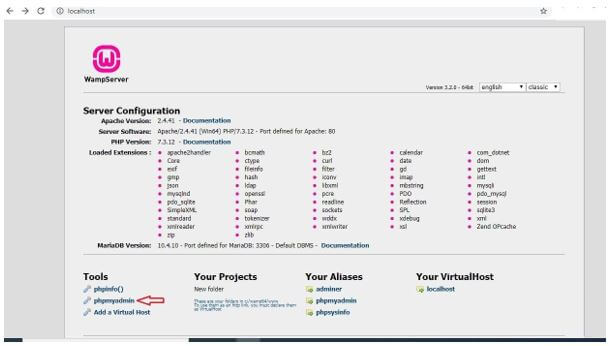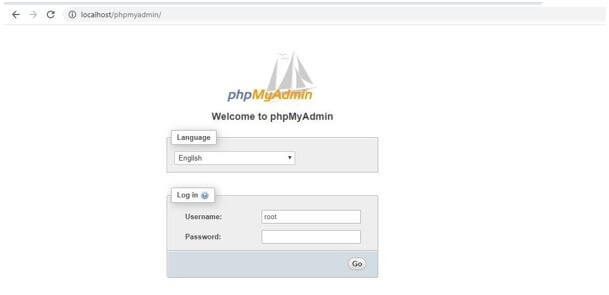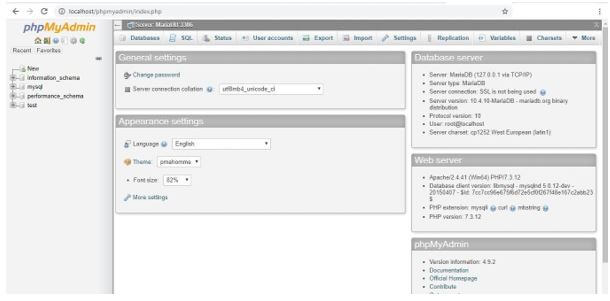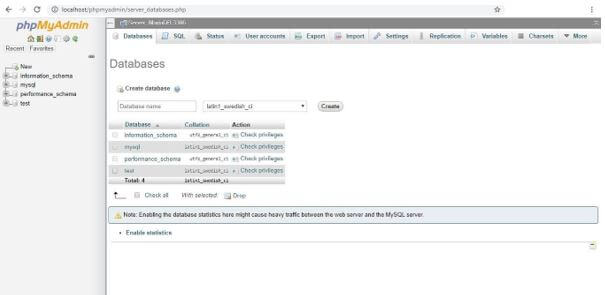Updated May 11, 2023
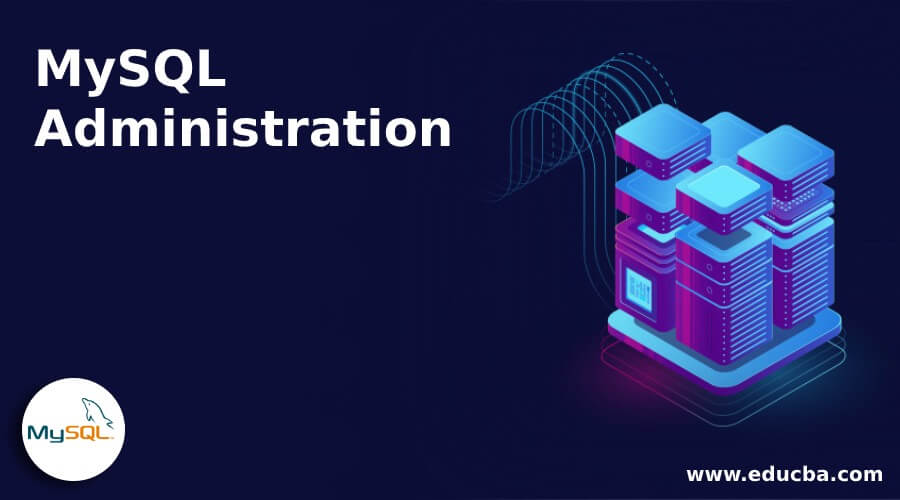
Introduction to MySQL Administration
MySQL Administration is a program or operation used to perform administrative tasks like configuring, monitoring, managing users, and its role, starting and stopping MySQL servers with backups, and other such admin procedures. The MySQL Administration is intended to work with MySQL 4.0 versions and higher than it also. MySQL Administration guides you on how to start, halt, and resume a MySQL Server on Windows and Linux. MySQL is an open-source RDBMS software under GNU licensed and is popularly used with PHP programming and other web applications. MySQL is a Database Management System that works on a fast, secure server and is easy to use for small or huge data application storage and access. MySQL servers can accumulate bulky data to arrange tables in related rows and columns. To fetch and manage MySQL data, MySQL Administration uses a standard query language called SQL – Structured Query Language, which plays a vital role in manipulating the server’s records or rows of tables. Also, the SQL query helps organize all the databases to maintain the server and its data privacy.
Why do we need MySQL Administration?
MySQL Administration works for running different operations and assigning users privileges to work for the database server management activities so that MySQL is maintained and secured. MySQL administration offers many tools which help to serve for server maintenance, server configuration, database backup, Security, user roles, initialize/shutdown, duplication supervision, repair, restore, resource managing, performance check, status report, access records, CRUD operations SQL, granting permissions, etc. Thus, MySQL Administration is an admin-level responsibility to handle all the tasks executing on a server to make things run properly and ensure data integrity, Security, and fast management to allow users to interact better.
How does MySQL Administration work?
We can install WAMP or XAMPP MySQL servers to use PHPMyAdmin, i.e., the admin panel of MySQL. PHPMyAdmin is dedicated to administering MySQL over web applications; free software is written in PHP.
You can even download MySQL Database from www.mysql.com. You can see the below WAMP localhost page and PHPMyAdmin page:
On clicking PHPMyAdmin, we need to use login credentials, but by default here, the root is username, and the password is blank:
PHPMyAdmin server page:
Showing all databases:
MySQL Administration bench allows us to integrate the tools into a simpler, more friendly graphical user interface. MySQL DBA enables us to create and manage databases. Using MySQL Commands, we can successfully manage the databases and their records.
We have some commands described below:
- Show Databases: Lists all the databases present in the MySQL Server.
- Show Tables: Displays all the tables stored in a particular MySQL database.
- Show Columns: This lists columns from a specific table in the database server.
- Show Processlist: Finds the MySQL server’s currently running processes or threads.
With these features, DBA also provides some unique tools as follows:
- Backup: Using the mysqldump tool, you can take a backup of one or multiple databases.
- Restore: Even you can restore the database with the dump file.
- Maintain Tables: Responsible for providing commands to preserve the databases in the MySQL server.
Roles of MySQL Administration
MySQL Administration offers the following roles:
- Create Users: It defines adding new users to the MySQL Server.
- Grant Privileges: It permits rights to the user.
- Revoke Privileges: It withdraws the user privileges from the account.
- Manage Roles: It organizes the different roles assigned to the users and their benefits.
- Show Granted Privileges: Presentation of rights associated with the user roles or their respective accounts in the server.
- Drop Users: It defines how to remove or delete a user.
- Change passwords: helps to learn how to set passwords for the MySQL server users.
- Show Users: Explains how to display user accounts on the server.
- Rename Users: Allows to rename a user to another.
- Lock User Accounts: Describes how to lock the MySQL server users or their respective accounts.
- Unlock User Accounts: Defines how to unlock the MySQL user accounts.
Therefore, MySQL administration activities help to retrieve and manage the data. It provides different features to execute many tools to organize the MySQL server. Primarily, the tasks can be implemented using a command-line client like MySQL or MySQLAdmin.
Remember, in MySQL Administration, you will find the user details in a MySQL-named database and tables by user name. Though the main privileges exist in the user table itself, you can get the user privileges in different tables based on the privilege level of other databases. We need admin user privilege to access the MySQL server by MySQL Administration roles.
Advantages of MySQL Administration
Let us see some advantages below:
- MySQL Administration displays an improved structure or summary of the settings, which are vital for the performance of MySQL Server. Hence, it helps to show this by graphical representation, which allows the reading and indication of the tune settings of the MySQL Server.
- Defines rules to create a new user, give rights to an access user account, cancel user rights, and organize user roles and administrative activities in the database server.
- It determines the security risk management, maintains user accounts and passwords, drops the user, and locks or unlocks them whenever needed.
- It defines high performance with scalability, continuous uptime, secure transactional support, provides open-source flexibility, and cost-effectiveness for ownership.
- MySQL administration includes controlled workflow and stored procedures.
- We work with SQL queries with a standard and very popular easy-to-use friendly language to interact with the records manipulation and access.
- It allows us to import and export data files from the server easily, but it depends upon the limited file size.
Conclusion
MySQL Administration applies on MySQL server, a relational database that relates all data with some conditions and can be retrieved using SQL. This admin process helps for various purposes, such as Data Warehousing, E-commerce, logging, and Web applications. It stores vast data from all fields like IT, Medical, Government, Business, Education, etc. Thus, MySQL Administration is easy to interact with the web-based administrative tool PHPMyAdmin or admirer and begin to learn with basic knowledge of SQL.
Recommended Articles
We hope that this EDUCBA information on “MySQL Administration” was beneficial to you. You can view EDUCBA’s recommended articles for more information.
